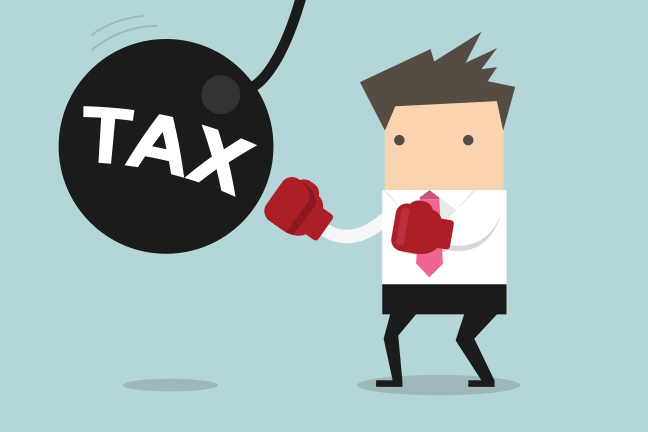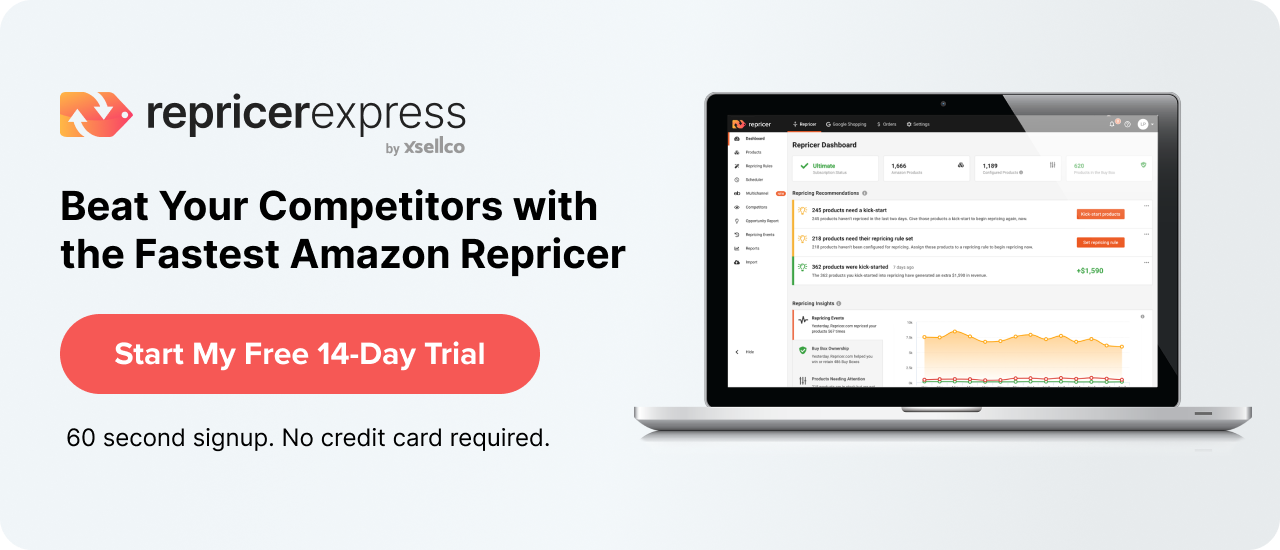If you’ve ever visited or sold to the EU, then you’ve heard of a tax called VAT (Value Added Tax). It’s an essential part of ecommerce, but not as widely understood as it should be. RepricerExpress is here to remedy that, giving you the details you need to get started.
The Basics of VAT
These are the most important things you need to know to get started with VAT:
- VAT has a set of standard rules determined by the EU, but how they’re applied can differ from country to country. The European Council has made new rules that have come into effect this year that make it simpler for retailers to meet VAT obligations.
- You need a different VAT number for every EU country you sell in that uses VAT.
- VAT differs from sales tax in that it’s paid by all sellers involved in the supply chain (i.e. manufacturers, distributors, retailers, consumers, etc.), as opposed to only being paid by the consumer.
- Not every business needs to pay VAT — it depends on your revenue/turnover. But even if you’re under the threshold, it may benefit you to register for a VAT number.
- Ideally, you charge and pay the same amount of VAT so that it roughly cancels out; if it doesn’t, you’re responsible for the balance.
- There are three VAT rates: a minimum standard, and one or two reduced rates. Sometimes there’s a VAT rate of 0%, but that only qualifies to member states that have this included in their EU Accession Treaty. Member states are allowed to set their VAT rates higher than the minimum.
How VAT Works if You’re a European Business Selling to a European Consumer
One of the neat things about cross-EU VAT is how distance selling rules (EU member state sells to EU member state buyer) work. If you’re under the selling threshold of the buyer’s country, then you apply your member state’s VAT. If you exceed it, you switch over to the member state buyer’s VAT, so make sure you’re VAT-registered in that country.
Simply VAT has a list of distance selling registration thresholds that can help you out.
How VAT Works if You’re a Non-European Business Selling to a European Consumer
There’s a term called importer of record that you’ll come across frequently, and it refers to the person who’s responsible for bringing a product into a country (i.e. they need to take care of things like laws, regulations, compliance questions, etc.).
When it comes to VAT for a non-EU seller selling to an EU customer, the importer of record takes care of the VAT. That could be you, that could be the supplier, that could be the manufacturer — it all comes down a case-by-case basis.
However, one important thing to note is that you can’t escape being VAT-registered if you’re using fulfillment centres in an EU country to store your products. If that happens, then you need to register for a VAT number, and once that happens, you need to start thinking about distance selling rules.
How VAT Works Within Each Member State
Going into all the bits about how VAT works in each EU member state would take far too much time and detail, but there are a few generalities you need to be aware of.
Remember how we said that each member state sets its own thresholds? These are called Intrastat declarations, and they’re used to keep track of how products move around throughout the supply chain in the EU.
One of the ways in which sales are reported is through EC Sales Lists (ESLs), which monitor things like suppliers or manufacturers selling to you, you shipping products to a fulfilment centre and more. When you file an ESL, you do so in the outbound country, not the buyer’s country.
If you want to ship items to the EU, you’ll need a European Operator Identifier Number (EORI) so that customs officials can cross-reference it to your VAT number and make sure your shipments pass muster, as well as allow you to reclaim the VAT you paid at customs.
You Might Have to Focus on VAT Even if You Don’t Sell Physical Products
So far, we’ve focused on importing, shipping and selling products, which makes associating it with VAT fairly straightforward. But if you sell digital services instead of products (like website hosting, apps, music, games, online training, etc.), VAT might still apply to you. If that’s the case, then something called VAT Mini One Stop Shop (VAT MOSS) might be in your wheelhouse.
One of the biggest ways VAT MOSS differs from regular VAT is that you account for VAT in just one EU country instead of registering in every country you sell to.
VAT MOSS takes one of two forms:
- The union scheme in which you’re an EU business or have at least one branch registered in the EU.
- The non-union scheme in which you’re not an EU business and have no branches registered in the EU.
Final Thoughts
Nobody enjoys paying taxes, but the penalties for not doing so can be quite severe: steep backdated payments, being audited or having your account shut down. All of this means less money in your pocket at the end of the day. If you like keeping revenue on your side of the fence, follow VAT rules. Another way of increasing the size of your bank account is to use RepricerExpress to maximise profits on each sale. Luckily, this is far simpler and quicker to understand and you don’t have to wait the 2-10 weeks to register as you would for a VAT number. In fact, you can start by signing up right now and enjoying a free trial right off the bat.






